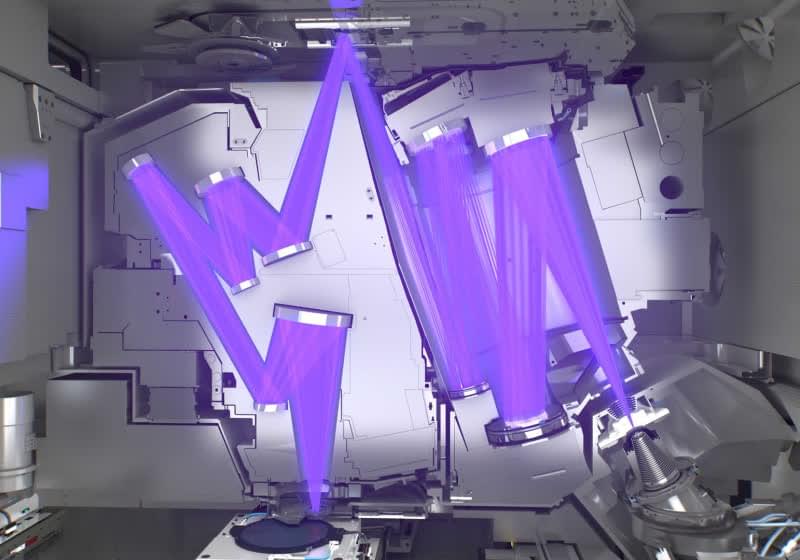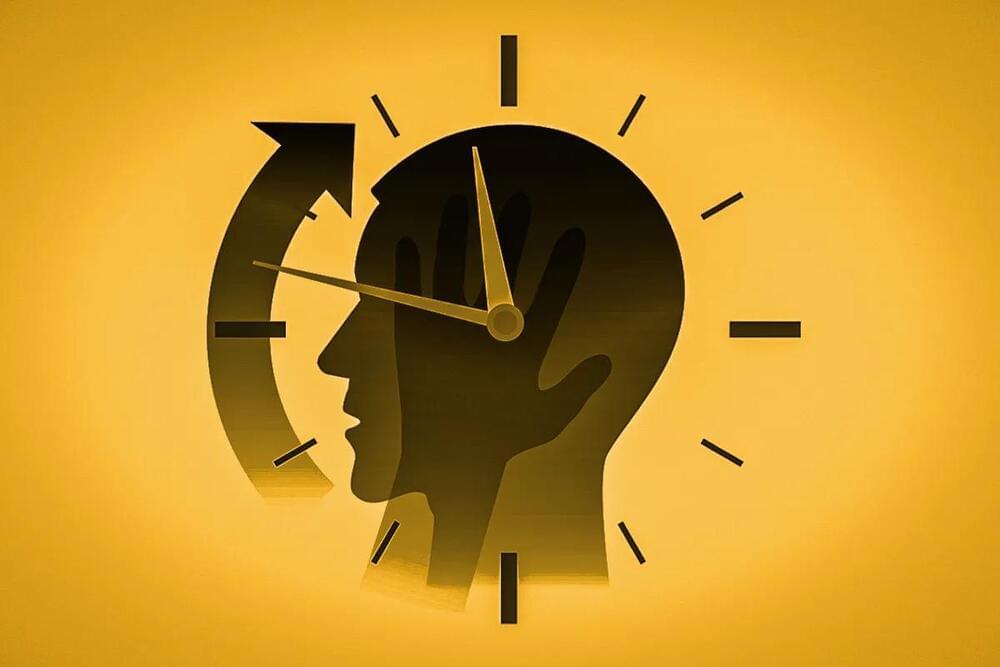NASA’s recent Artemis I mission has put the spotlight back on lunar exploration, so let’s take a look at the moon missions set for 2023.



The company was founded under the name Future Meat Technologies in 2018, but rebranded to Believer Meats last month. In 2021 they opened a facility to produce lab-grown meat at scale in Israel, and were aiming to secure FDA approval and start offering their products in US restaurants by the end of this year. That doesn’t seem to have happened, as the first FDA approval went to competitor Upside Foods.
But true to its name, Believer Meats hasn’t been deterred by this slower-than-anticipated series of events. Last week the company started construction of a 200,000-square-foot factory in Wilson, North Carolina, about 45 miles due east of Raleigh. In a press release the company stated, somewhat perplexingly, that it chose this location partly because of its “success in integrating technology-driven solutions to improve the lives of residents.”
With a production capacity of 10,000 metric tons, Believer says the facility will be the biggest of its type in the world. They’re putting $123 million into the plant, and say it will create more than 100 new jobs over the next three years. This huge investment seems like a bit of a leap of faith considering the company doesn’t have regulatory approval to produce and sell cultivated meat anywhere, including in the US; but co-founder Yaakov Nahmias says they’ve been working with the FDA towards gaining approval for years.

Five of our favourite interviews with thought leaders and investors on the opportunity presented by longevity.
From spending billions on research to calls for fundamental changes to way we deliver healthcare, this year we heard from a host of thought leaders who shared their views on how to make longevity a reality. Today we bring you five of the best.
When we spoke to Professor Sir John Bell, we expected to learn more about a new UK initiative to study of the health of five million citizens to enable more effective ways to prevent, detect and treat diseases. But what we got was a stirring call to action for a change in the way healthcare is conducted.



Amazon has launched drone delivery trials in a couple of new locations in California and Texas.
David Carbon, vice president of Prime Air Amazon, announced the development on LinkedIn. His post included a photo (below) showing one of its drones carrying a small box on the end of a tether.
“First deliveries from our new sites in Texas and California,” Carbon wrote in his post. “Couldn’t be prouder of the amazing people that make up Prime Air. These are careful first steps that we will turn into giant leaps for our customers over the next number of years.”

With the Large Angle and Spectrometric Coronagraph (LASCO) mounted on the NASA and European Space Agency Solar and Heliospheric Observatory (SOHO) spacecraft, the U.S. National Oceanic and Atmospheric Administration (NOAA) has been observing the Sun’s corona since 1995 to track space weather that may have an impact on Earth. However, LASCO has an observational gap that prevents scientists from seeing the middle solar corona, where the solar wind is generated.
A team of scientists from Southwest Research Institute (SwRI), NASA, and the Max Planck Institute for Solar System Research (MPS) has discovered web-like plasma structures in the Sun’s middle corona. The researchers describe their innovative new observation method, imaging the middle corona in ultraviolet (U.V.) wavelength.
The findings could lead to a better understanding of the solar wind’s origins and interactions with the rest of the solar system.



With Christmas Day behind us, it’s the time of year when thoughts make a bend towards the future. And for the longevity space, 2023 is set to be a very exciting year – 2022 certainly kept Longevity. Technology busy news-wise and we suspect the coming year will turn it up to 11.
Longevity. Technology: We spend a significant amount of time analysing the longevity market and the companies therein; to assist us in the mammoth task (there are over 560 longevity companies in our database, and the number is climbing!), we have categorised these companies by domain, and we have 25 domains of longevity.
Here, in no particular order, are five companies (plus Altos, natch) that we expect to be making headlines in 2023; we’ve categorised these by longevity domain for your reading pleasure.